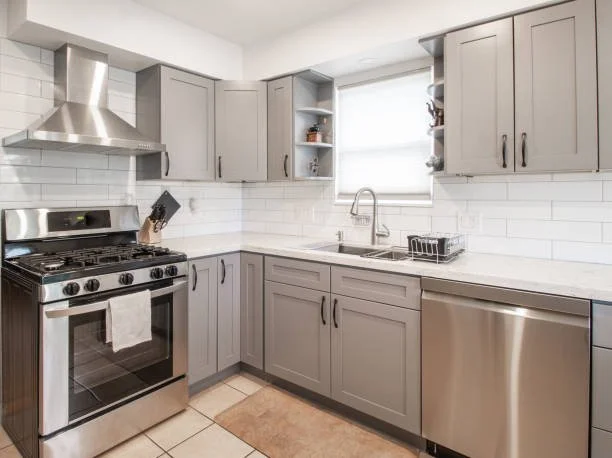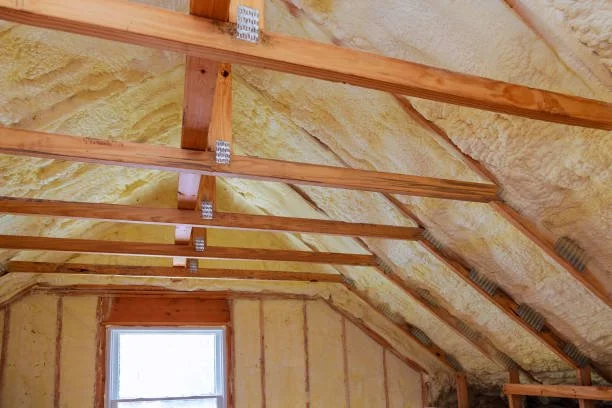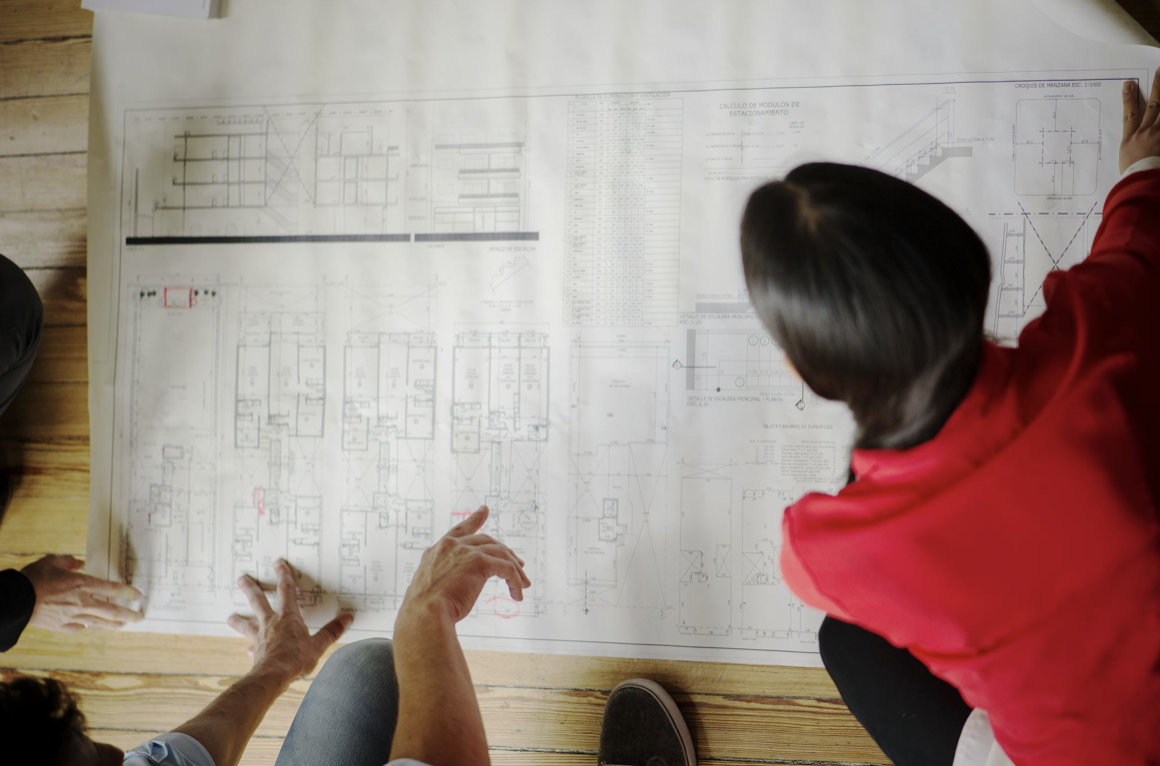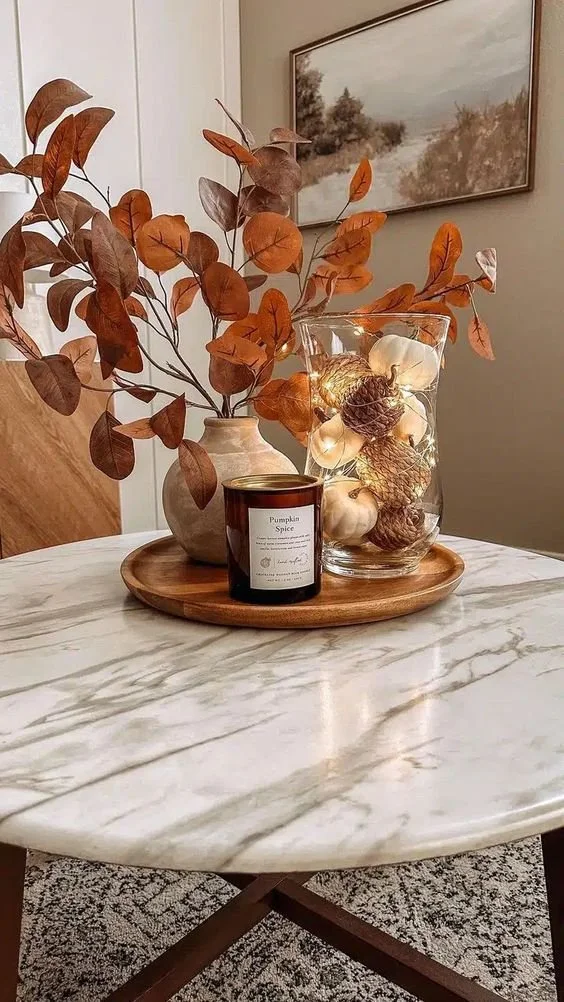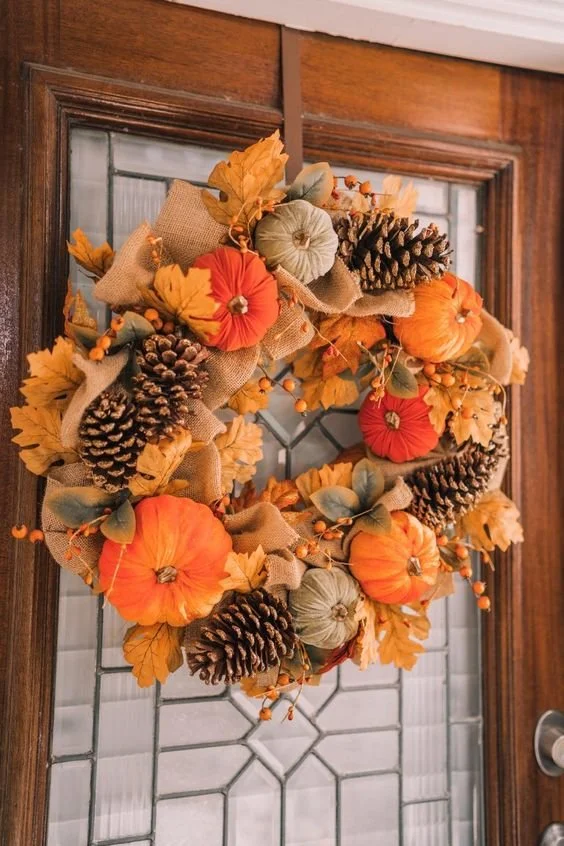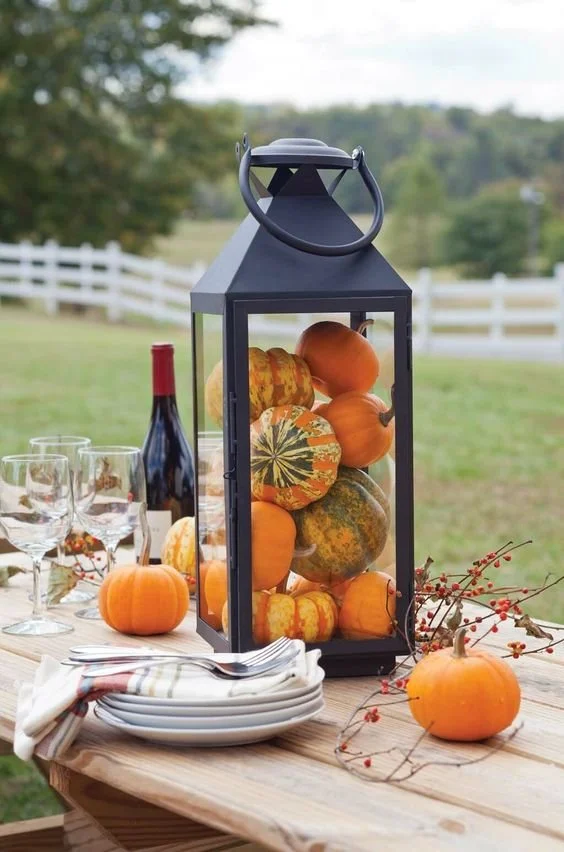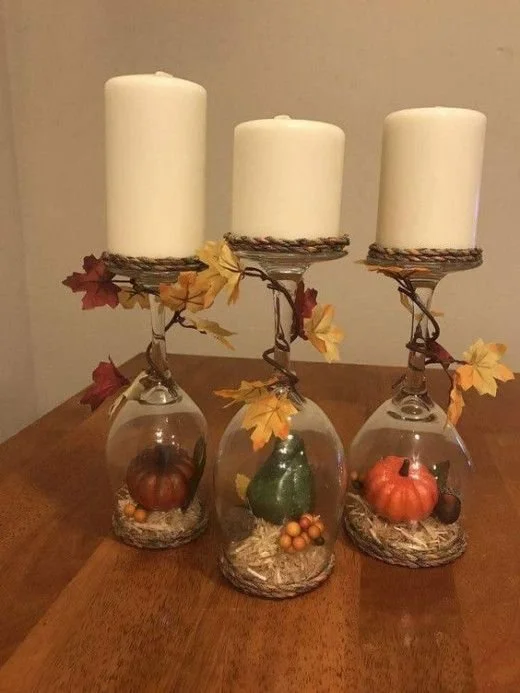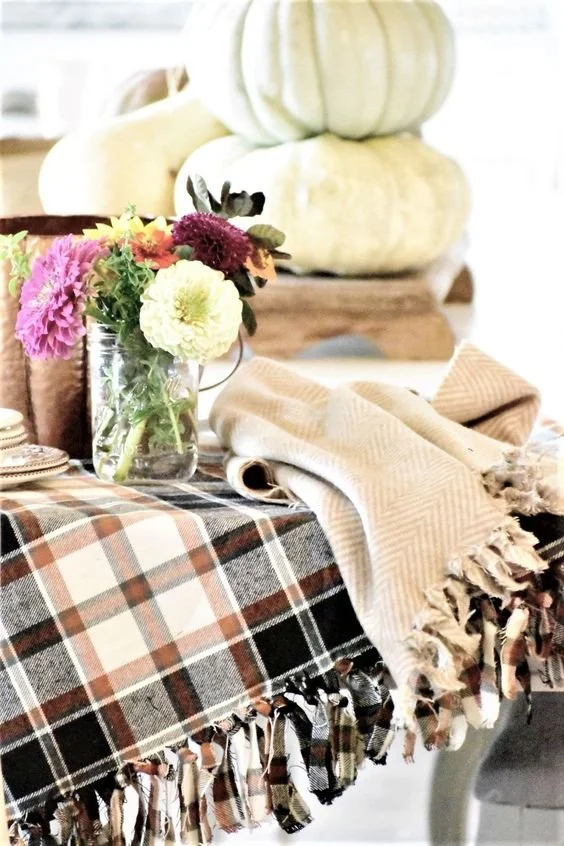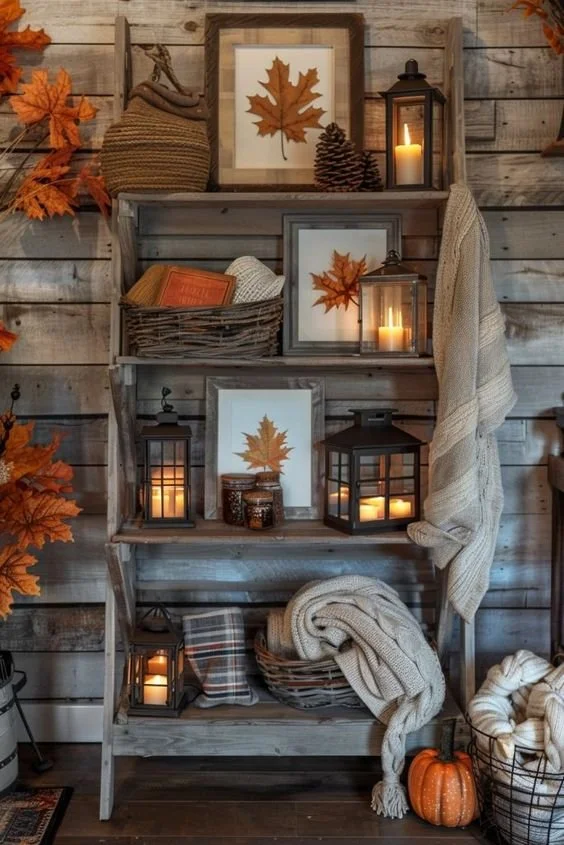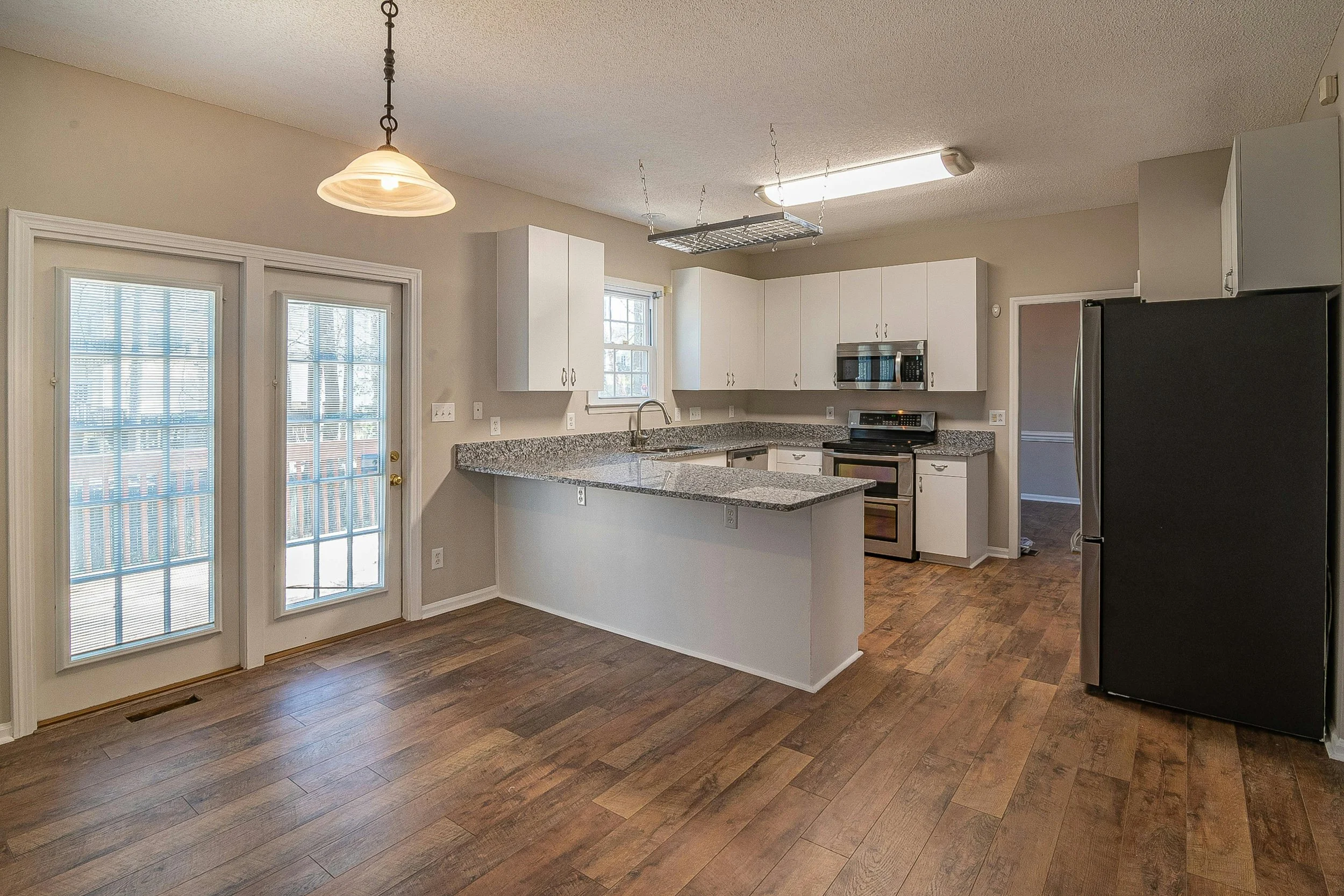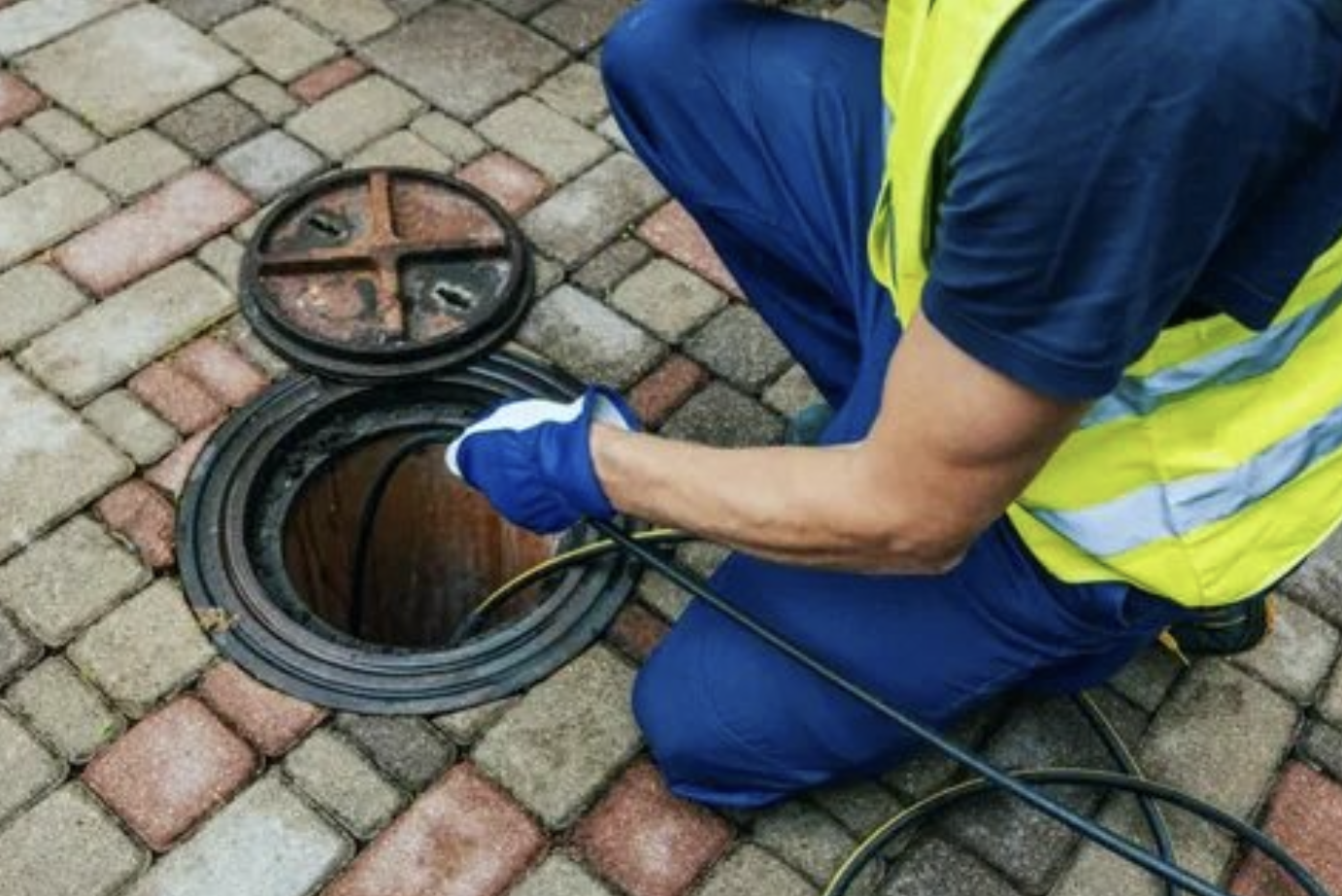Maximizing Space and Functionality in Small Elegant Kitchens
RH Business Marketing Solutions
Having a small kitchen doesn't mean you have to give up on style or functionality. With some clever planning, you can create a kitchen that's both beautiful and efficient. It's all about making the most of the space you have.
Simple changes, like choosing the right storage solutions and using light colors, can make a big difference. You can also add smart appliances that save space and make cooking easier.
Here are tips to help you maximize space and functionality in your elegant kitchens. With these ideas, your small kitchen can feel bigger and better!
Use Light Colors and Reflective Surfaces
One of the simplest ways to create an illusion of more space is to use light colors. White, pale gray, or soft pastels make the room appear larger and more open. Incorporate reflective surfaces such as:
glossy cabinets
stainless steel appliances
mirrored backsplashes
This can bounce light around the room, enhancing the airy feel. Combining these elements brings an elegant touch while ensuring the kitchen remains uncluttered and bright.
Prioritize Vertical Storage
In a small kitchen, every inch of space matters. Instead of just using lower cabinets, make the most of your vertical space with high shelves, hanging pot racks, and tall cabinets. Floor-to-ceiling cabinets can give you lots of storage for pots, small appliances, and pantry items while keeping a neat look.
If you like open shelves, show off stylish kitchenware to add charm and personality to the kitchen.
Optimize Kitchen Layout and Workflow
Choosing the right layout is crucial in a small kitchen. The galley and L-shaped kitchen designs are especially good because they make it easier to work and use the space well. Keeping the kitchen triangle (sink, stove, and refrigerator) functional and unobstructed helps with easy movement and access.
Also, placing frequently used items within arm's reach reduces the need for constant bending or stretching, making your kitchen more efficient.
Integrate Multi-Functional Furniture and Appliances
Multi-functional furniture is a game-changer in small kitchen improvements. Think about an island or table that can be used for both food prep and dining. Choose appliances that have multiple uses, like convection microwaves that can bake and roast, or cooktops with built-in grills.
These items save space and make your kitchen look more stylish.
Embrace Smart Storage Solutions
In a tiny kitchen, efficient storage is crucial for both usability and aesthetics. Inside cabinets, install lazy susans, drawer dividers, and pull-out shelves to maximize storage and maintain organization.
Use magnetic strips for knives, hooks for utensils, and racks for spices to keep essential items within easy reach and free up counter space. These smart solutions help keep the kitchen efficient and clutter-free.
Make sure to check out Kitchen Remodelers Washington for even more storage ideas and options.
Learn Maximizing Space and Functionality in Small Elegant Kitchens Today
Small kitchens can be transformed into elegant kitchens and efficient spaces with careful planning and smart design choices. By using strategies such as optimizing storage, selecting multi-functional appliances, and incorporating light colors, you can create a kitchen that is both beautiful and practical.
Remember, even in a limited space, it's possible to have a kitchen that meets all your needs and reflects your style. Whether you love cooking elaborate meals or just need a convenient place to prepare simple dishes, these design tips will help make your small kitchen a wonderful place to be.
Did you find this article helpful? Check out the rest of our blogs!

